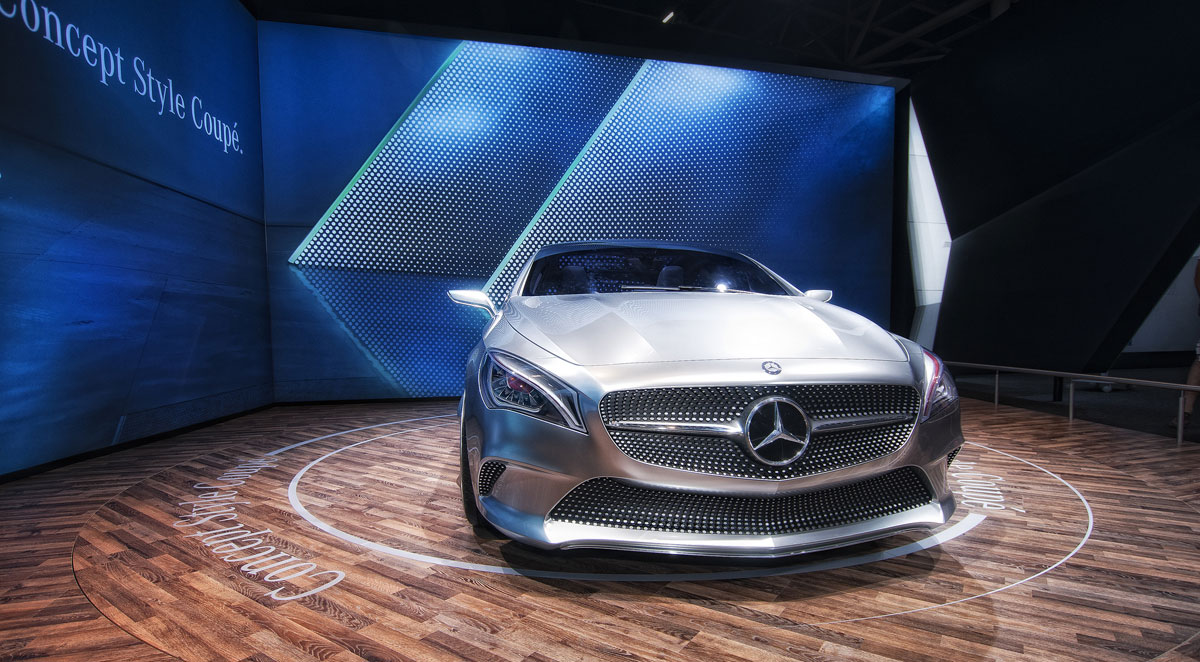Technological advancement has always spurred progress in the automotive industry. When Gottlieb Daimler and Karl Benz designed the first motor car in 1886, they began a revolution, not just in the automotive world, but on a much wider level. They revolutionised personal mobility, and as new technologies continue to be created, that trend has also progressed to the present.
The automotive market into which production models are launched is constantly changing to reflect the current social and economic lifestyles, trends and values of the consumer, so Mercedes-Benz must keep-up with the pace by consistently showcasing company ideas for future models in the form of concept cars.
The concept vehicles that Mercedes-Benz produce will often feature the most current innovative technology to be introduced to consumers, by doing so, they continually set benchmarks for the industry; and in some cases prepare the automotive world for a new and novel conceptual idea. Which in turn, creates an ever-changing expectation towards Mercedes-Benz, because as with all consumables, what is all the rage today may not be quite so by tomorrow.
For this reason it is important for Mercedes-Benz concept models to “speak” to the consumer, because the success (or failure) of a new model will ultimately depend on their verdict, therefore it is important for the company to learn public opinion as early on as possible.
Mercedes-Benz also try to draw a clear distinction between their concept vehicles and other types of “test” vehicles, such as:
Research Vehicles – Typically combine a number of rather bold and innovative technologies into a form which can be readily driven and evaluated.
Technology Demonstrators – Usually these are current production models equipped with numerous new technologies. For example the Mercedes-Benz research unit modified several A-Class models in order to test fuel cells and electric drivetrains.
Experimental Vehicles – Closely related to research vehicles, they take new technologies out of the laboratory and onto the test track where they are subjected to practical trials. These vehicles usually have no bodywork.
Design Studies – Used to present the feasibility of new ideas in the form of a complete and working vehicle. Usually design studies are not fully operational. An example is the NAFA (Nahverkehrs-Fahrzeug, urban and short-distance vehicle) concept, which was developed more than twenty years ago.
Image source: Ignacio husqvjonsered / Flickr
Hayley has been an automotive writer for almost a decade, and is the editor of a popular UK motoring blog, as well as writing for DDR Surrey Mercedes Specialist. She specialises in Mercedes-Benz and dreams of one day owning a Mercedes AMG A45.

